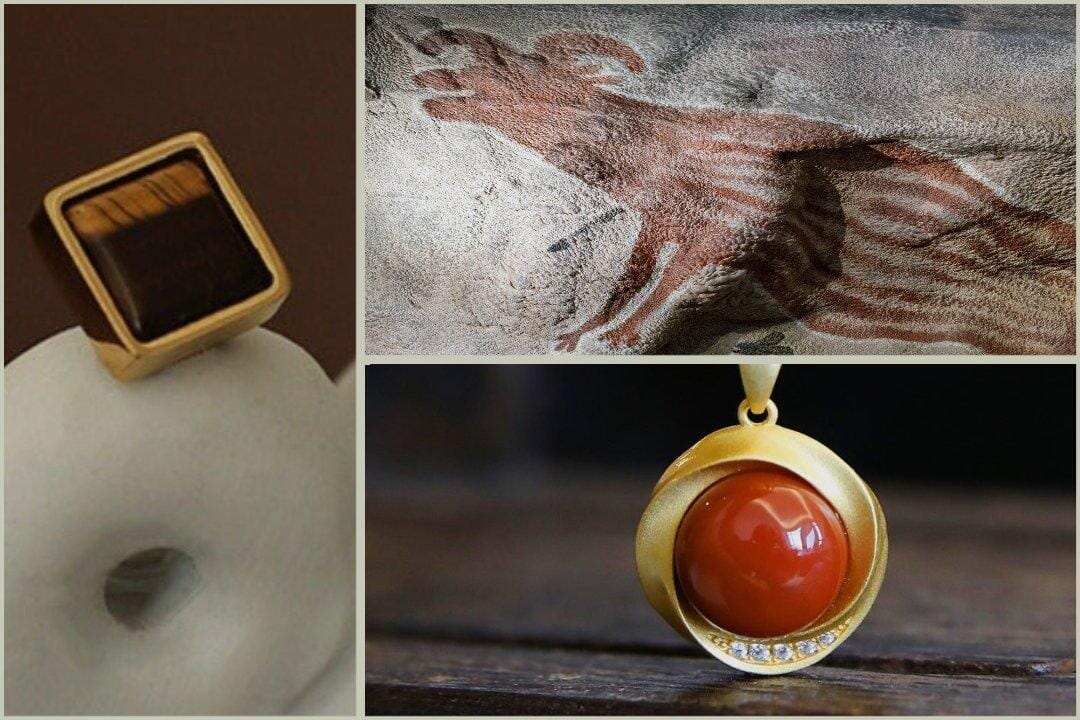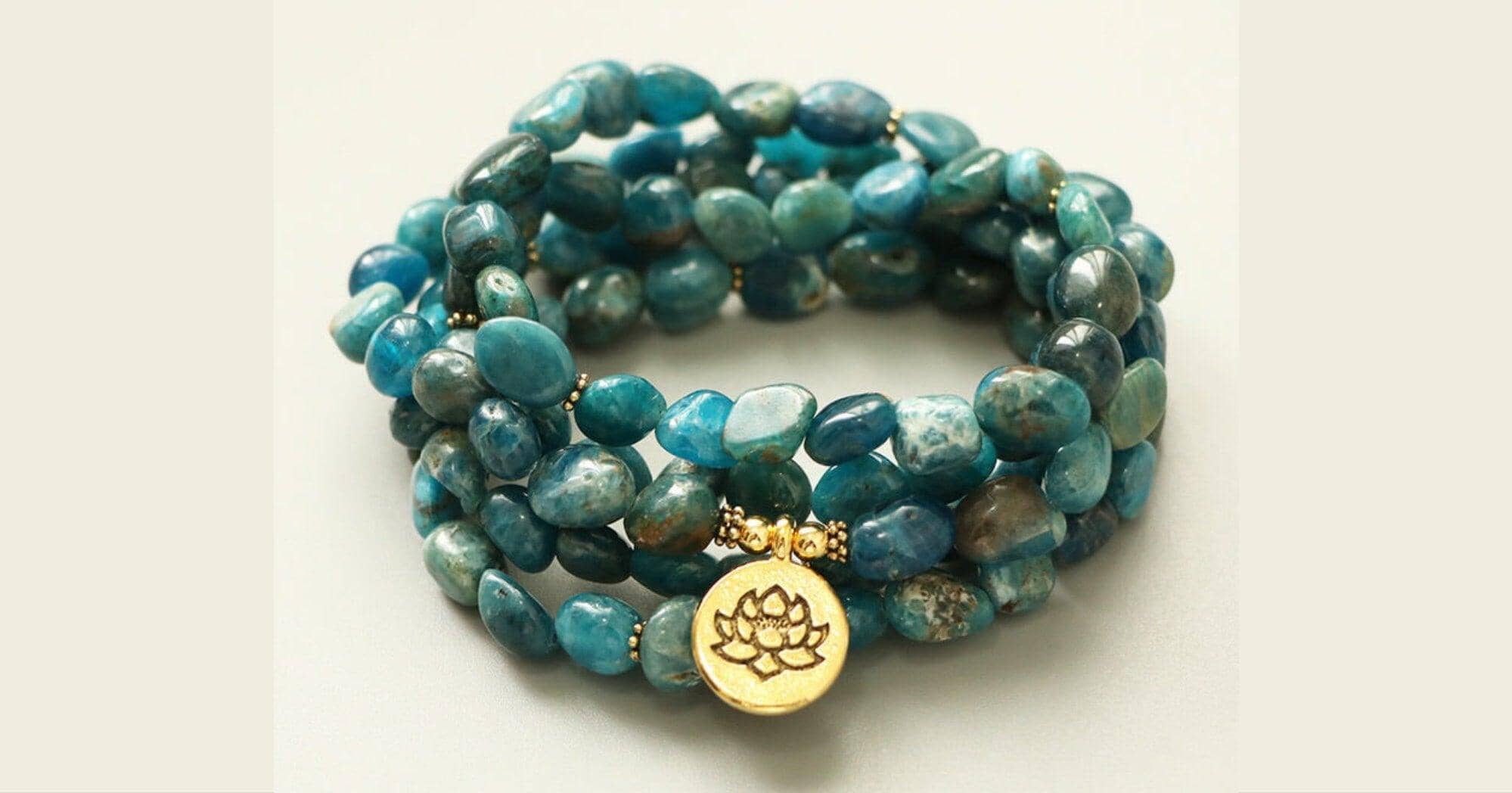
A History of Earrings, 25,000 years What Now?
Jewelry has played a significant role in the development of society throughout history.
The history of jewelry dates back to ancient times, and it is difficult to pinpoint the exact location and time of the development of the first jewelry. However, archaeological evidence suggests that the earliest known jewelry was made around 25,000 years ago in what is now modern-day Africa.
The oldest known jewelry ever discovered is a set of beads made from Nassarius shells, found in the Blombos Cave on the southern coast of South Africa. The beads are estimated to be about 75,000 years old and were likely used as decorative items or for symbolic purposes.
Other early examples of jewelry include shell beads, animal teeth, and bones, which were used by ancient humans for personal adornment. As humans progressed and developed new technologies, jewelry making evolved, and new materials such as metals, gemstones, and glass were used to create intricate and elaborate designs.
In ancient Egypt, earrings were a popular symbol of wealth and status, and were worn by both men and women. They were often made of precious metals, such as gold and silver, and were decorated with gemstones, pearls, and intricate designs. Earrings were also believed to have magical properties and were worn for protection and good luck.
Ancient civilizations such as the Egyptians, Greeks, and Romans made significant contributions to the development of jewelry, creating intricate designs using gold, silver, and precious stones. These civilizations also used jewelry as a means of religious expression, with many pieces depicting gods and goddesses or bearing religious symbolism.
Here are the seven most notable ways in which it has impacted society:
-
Status Symbol: Jewelry has long been used as a status symbol, indicating wealth, power, and social standing. Throughout history, only the wealthy and powerful could afford to wear elaborate and expensive jewelry, which made them stand out in society.
-
Trade and Commerce: The production and trade of jewelry have been a significant source of income and commerce in many societies. Jewelry-making was one of the earliest forms of craftwork and trade, and many ancient societies were known for their exquisite jewelry-making skills.
-
Cultural Expression: Jewelry has been used as a means of cultural expression and identity throughout history. Different cultures have used different types of jewelry to signify their beliefs, values, and traditions.
-
Religious Significance: Jewelry has also played a vital role in religious practices, both as a form of worship and as a symbol of faith. Many religions have used jewelry as a way to signify devotion, faith, and piety.
-
Sentimental Value: Jewelry has been passed down through generations as family heirlooms, representing a family's heritage, traditions, and values. It can also serve as a sentimental reminder of loved ones or significant life events.
Overall, jewelry has played a vital role in the development of society through the ages. It has been used to signify wealth, status, and power, as a source of commerce, a means of cultural expression, a symbol of faith, and a sentimental reminder of loved ones and significant events.As the human existence continues to rapidly evolve we are curious to see the next level in human adornment.


